Hello,
I am trying to simulate the behavior of helical anchors (also called screw anchors) using PLAXIS 3D and a clay hypoplasticity constitutive model. The helical anchor shaft is simulated as a half cylinder volume element (to obtain moments and forces in a convenient way), covered by a low stiffness plate element at its curved surface. Helical plates (simulated as planar plate-type elements) are attached perpendicularly to the preceding plate. A positive interface is added to the shaft plate while positive and negative interfaces are added to the “helical” plates.
Vertical and lateral forces are applied to the head of the anchor in a displacement-controlled test. The calculation procedure is performed with the Picos solver with the arc-length method setting turned off. Also, I have changed the maximum load fraction step for smaller steps to the program default.
I am experiencing difficulty while loading this element in either direction as the interface experiences excessive deformations followed by a dropdown in the load-displacement plot, no matter the interface resistance parameters.
Is there anything I can do to avoid this kind of issue?
Tags: hypoclay Interface plaxis
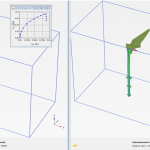
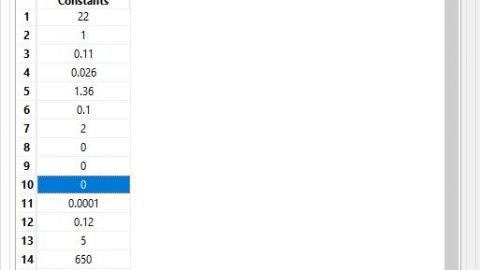
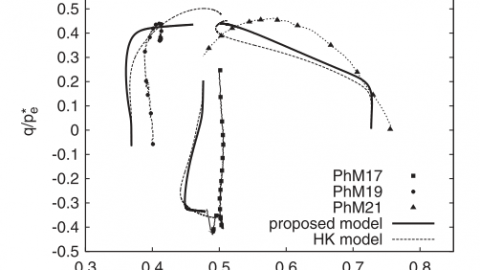
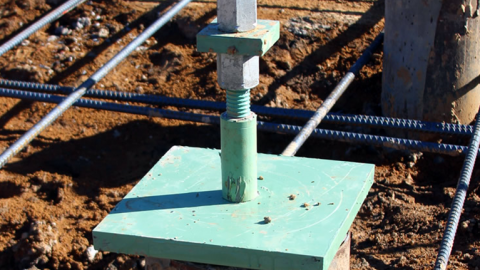
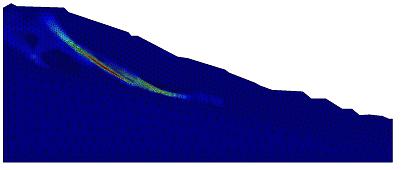

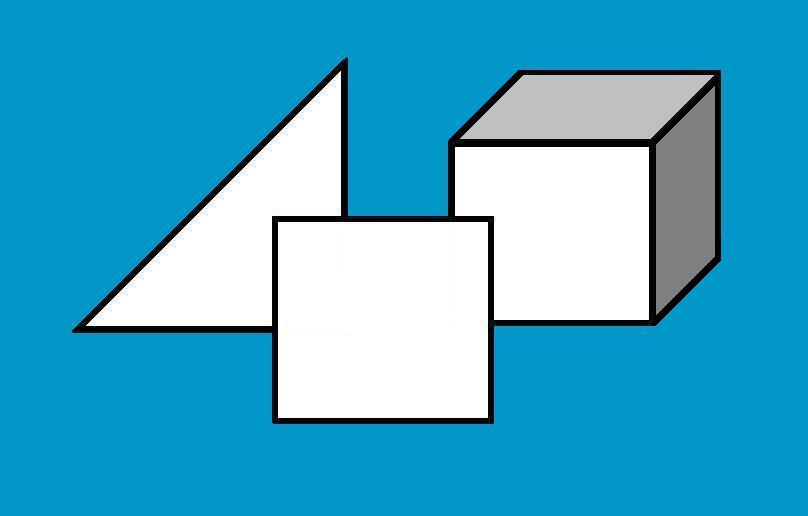

Hi Leon, is the interface hypoplastic, or just the soil around? If the interface, changing to MohrCoulomb eliminates this issue? If soil, changing to MohrCoulomb eliminates this issue? David
Hello Dr. Mašín,
Thank you so much for your response, I really appreciate it.
The interface was hypoplastic (the parameters were defined from the adjacent soil). After I posted this question I tried to run the model with Hardening Soil, and the same issue was present. I created a new Mohr-Coulomb material and assigned this to the interface and it seems to work. I wonder what happens when the interface has the same model than the adjacent soil.
Another question that I have right now is how to reduce the computational time when performing a large displacement calculation. I am waiting for Plaxis support with this issue, but, is there any recommendation I might address.
Thanks again, Leon.
Hi Leon,
Considering that the problem persists with Hadening soil model, this means that the problem is not related to hypoplasticity and in its implementation. There may be various reasons then which are hard to investigate by this simple communication. I suggest that you try to work-out the problem with Plaxis support while using HardeningSoil model, once resolved, you can switch back to hypoplasticity and I believe the model will work.
Regards David
Dear Leon,
I have a short question, what do you assigned as parameters for the Mohr-Coulomb model?
Hans Henning
Hello Dr. Henning,
I defined the interface material as a drained Morh-Coulomb model with critical state parameters c’=2 kPa and Phi’=32deg, a Modulus E=1000kPa (soft clays) and nu=0.2, with R=0.66.
Best, Leon.
Dear Leon,
I think you should proceed as David mentioned. I was only thinking if you have used a high cohesion (what you did not have done) this could make a difference with the different models.
Best regards,
Hans Henning